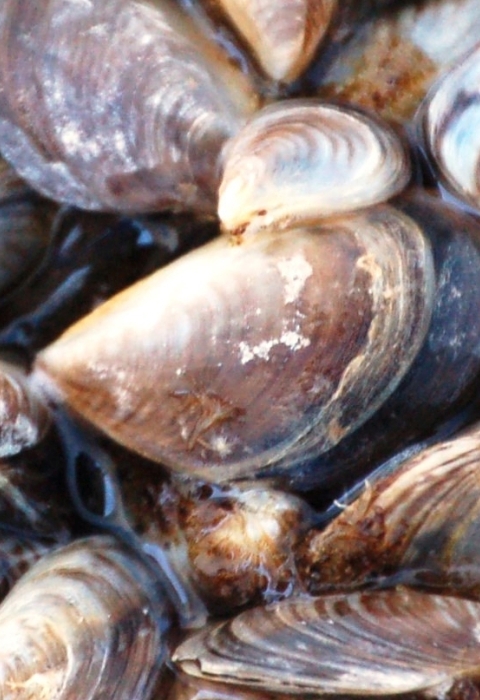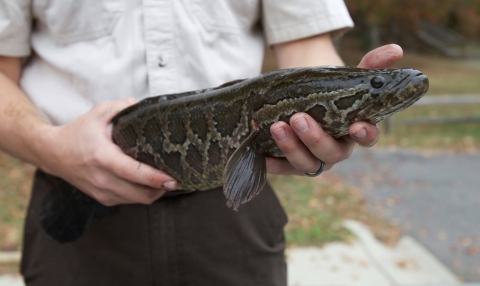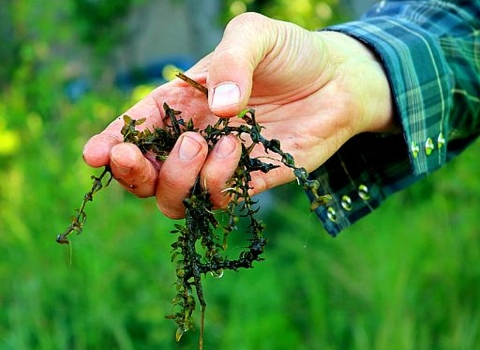Aquatic invasive species invasive species
An invasive species is any plant or animal that has spread or been introduced into a new area where they are, or could, cause harm to the environment, economy, or human, animal, or plant health. Their unwelcome presence can destroy ecosystems and cost millions of dollars.
Learn more about invasive species can lead to the extinction of native plants and animals, permanently alter habitats, and imperil public health. Aquaculture, tourism, recreation, shipping, and hydropower facilities may also be adversely impacted by biological invasion. Effective and coordinated approaches are necessary to manage aquatic invaders and protect our Nation’s waters. Although prevention is the most effective approach to eliminate or reduce the threat of aquatic invasive species, Early Detection and Rapid Response (EDRR) serves as a failsafe when prevention measures are ineffective or unavailable.
Recognizing the importance of timely action, the Department of the Interior is working with partners to identify, enhance, and collaborate on EDRR activities, including the establishment of a Rapid Response Fund for aquatic invasive species. This fund is intended make financial resources available to assess and support response actions for quick containment or eradication of newly detected species, thus avoiding costly long-term and wide-spread control efforts. As part of the Bipartisan Infrastructure Law Bipartisan Infrastructure Law
The Bipartisan Infrastructure Law (BIL) is a once-in-a-generation investment in the nation’s infrastructure and economic competitiveness. We were directly appropriated $455 million over five years in BIL funds for programs related to the President’s America the Beautiful initiative.
Learn more about Bipartisan Infrastructure Law authorization for ecosystem restoration, the Department has been working with partners to advance a National EDRR Framework to identify, enhance, and collaborate on EDRR activities and meet conservation goals set through the America the Beautiful Initiative. This included a $4 million investment to pilot a Rapid Response Fund for Aquatic Invasive Species. This Fund makes financial resources available to assess and support response actions for quick containment or eradication of newly detected species, thus avoiding costly long-term and wide-spread control efforts.
The Rapid Response Fund will be administered within the existing authorities of the U.S. Fish and Wildlife Service’s Fish and Aquatic Conservation program and coordinated through the Aquatic Nuisance Species (ANS) Task Force. Co-chaired by the U.S. Fish and Wildlife Service and the National Oceanic and Atmospheric Administration, the ANS Task Force consists of federal agency representatives and ex-officio representatives that work in conjunction with six regional panels and issue-specific subcommittees to coordinate efforts related to aquatic invasive species across the Nation. Accordingly, the ANS Task Force is well positioned to coordinate and successfully operate a response rapid fund. In July 2023, the ANS Task Force approved The Model Process: Rapid Response Fund for Aquatic Invasive Species that outlines a structure and process for operation of the fund.






